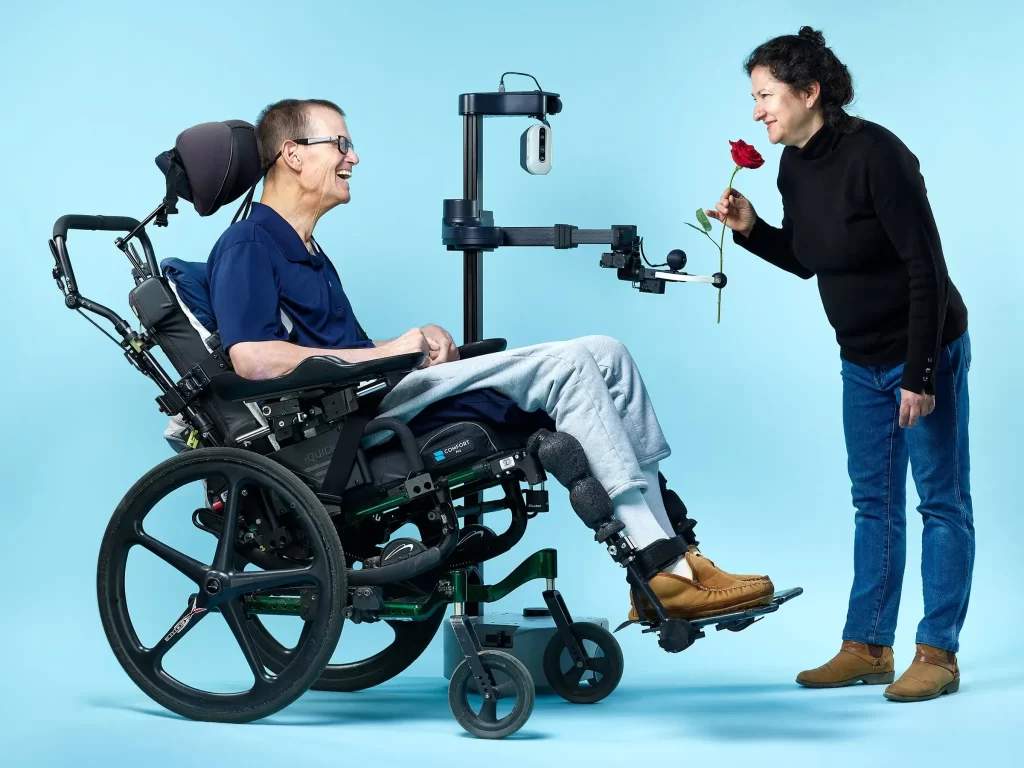A couple of weeks ago, I posted about attempts to help alleviate one of the downsides of AI: its power consumption, and the environmental impacts that comes with.
What I didn’t mention in that post is that there are small ways in which we can help reduce AI-related power consumption, and that’s by not buying into any “AI-for everything” madness, in which AI is used even when it’s not needed and/or adds limited value.
As consumers, do our home appliances have to be all that smart? Do we really need AI to tell us what’s in the fridge when we can just open the door and look? Do we need to deploy AI for every Google search we do? Shouldn’t we be willing to “wait” an extra second for a non-AI search that may well yield superior results, by the way. (Public Service announcement: if you don’t want Google to produce an AI Overview for every search you do, use the Web option when you search.)
But there are plenty of applications where AI can and should be used in the home. And one was chronicled last spring in MIT’s Technology Review.
More than twenty years ago, Henry Evans – then only 40 years old – suffered a major stroke and ended up a quadriplegic who was unable to speak. Over the years, he was able to use his eyes and a letter board to communicate, but in most day-to-day situations, Henry has to rely on caregivers.
and ended up a quadriplegic who was unable to speak. Over the years, he was able to use his eyes and a letter board to communicate, but in most day-to-day situations, Henry has to rely on caregivers.
Then robotics came on to the scene. Sort of.
In 2010, Henry saw a demo of a primitive “metal butler,” and asked himself why something like that wouldn’t work for him.
There was a solid reason why not. While engineers have made great progress in getting robots to work in tightly controlled environments like labs and factories, the home has proved difficult to design for. Out in the real, messy world, furniture and floor plans differ wildly; children and pets can jump in a robot’s way; and clothes that need folding come in different shapes, colors, and sizes. Managing such unpredictable settings and varied conditions has been beyond the capabilities of even the most advanced robot prototypes.
But thanks to AI, that may be about to change, giving robots the opportunity to advance beyond the skills that are driven by purpose-built software and to acquire new skills and figure out new environments faster than they ever could before.
Henry Evans has already been working with experimental robots that are letting him take care of tasks like brushing his hair. “Stretch,” the robot Henry is currently working with – the brainchild of Georgia Tech professor Charlie Kemp – goes beyond specific-purpose tasks, like hair-brushing, and lets users “plug in their own AI models and use them to do experiments.” As Stretch learns more, it can do more.
With AI-software-powered robots, robots will be able to acquire new skills automatically rather than have to solve each problem independently and by having to plot each element in “excruciating detail.” Not that these painstakingly acquired skills aren’t impressive. Who hasn’t marveled at a video of humanoid (or dog-oid) robots – climbing stairs, boogeying, opening doors? Now research is moving beyond pure physical dexterity and are now experimenting with “building ‘general purpose robot brains’ in the form of neural networks, and tapping generative AI in ways that go beyond “the realm of text, images, and videos and into the domain or robot movements.” This will allow robots to quickly adapt to new environments and quickly learn new tasks.
The cost (and size) of robots will come down, their utility will go up, and for folks like Henry Evans, the world will open up. It already is. While Stretch is imperfect – it’s buggy and bulky – it’s a declaration of independence. “All I do is lay in bed, and now I can do things for myself that involve manipulating my physical environment.” These include playing with his granddaughter, holding his own hand of cards, and eating a fruit kabob.
I’ve always maintained that one of the very best things about being an engineer is doing work that really does improve people’s lives.
AI-driven robots that can help folks live more independently? Bring it!
_________________________________________________________
Source of Image (Henry Evans giving his wife Jane a rose): IEEE Spectrum
